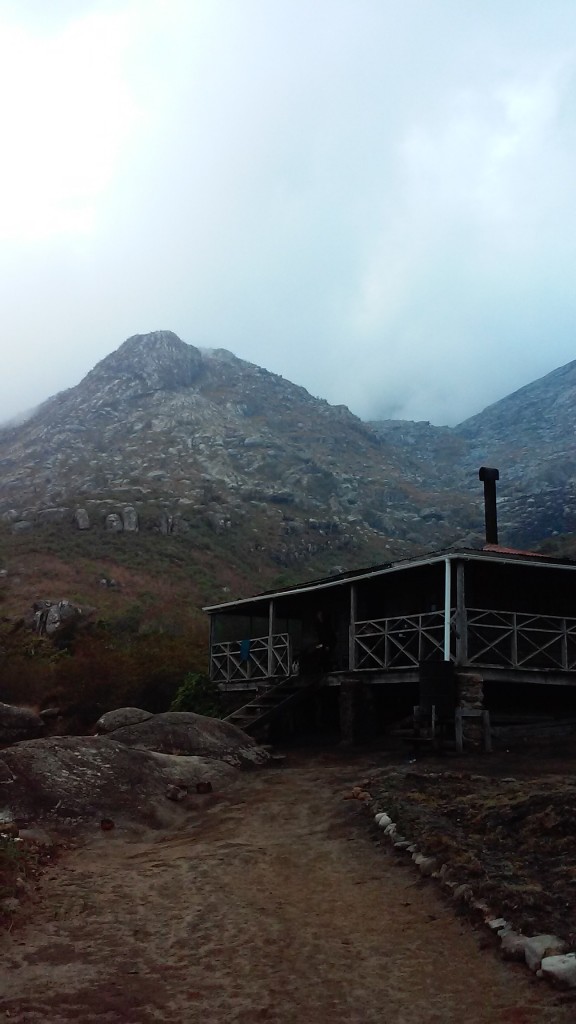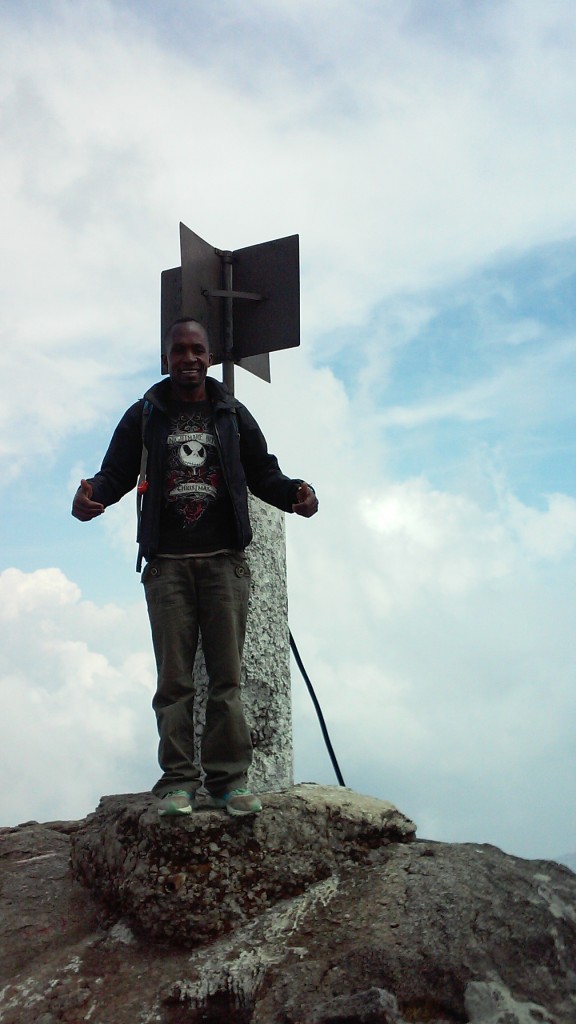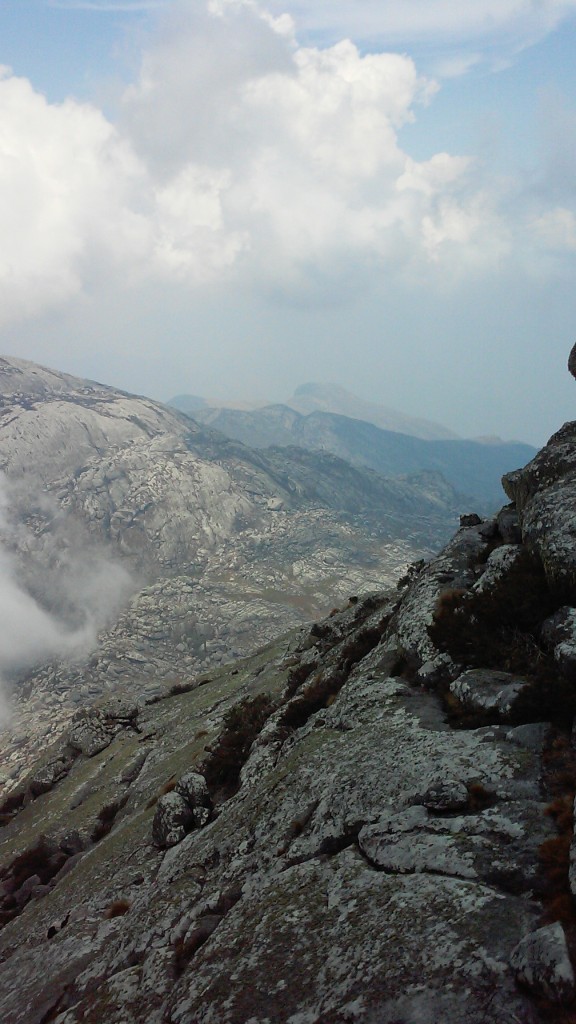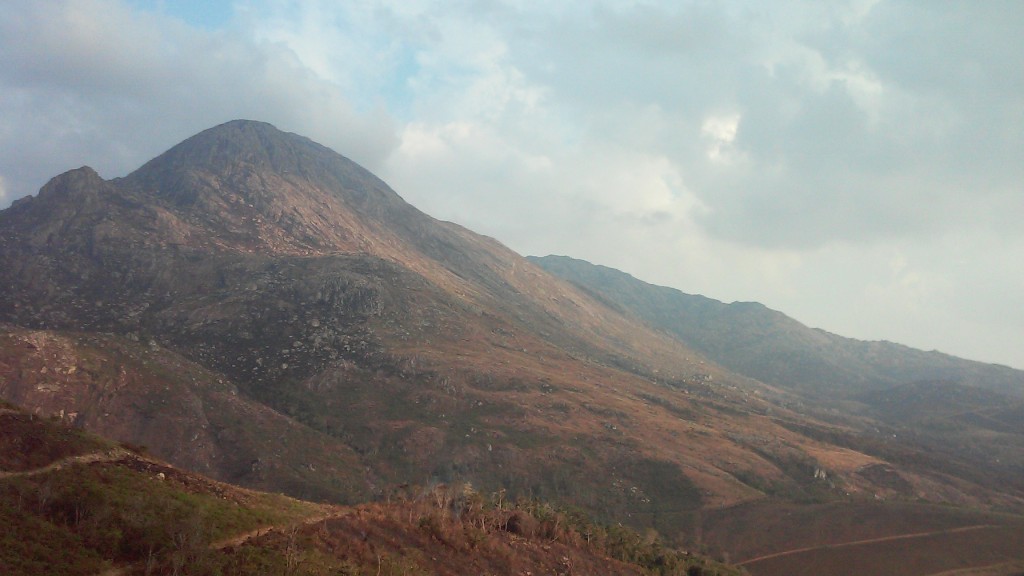The journey to Likumbula was a prime example of the chaotic yet effective transport available in Malawi. Starting in Monkey Bay on Lake Malawi I hopped on a minibus that circled the town until the van was so full people were bursting out the windows. I was dropped off in a town called Mangochi where men helped transfer my bag to the next minibus. People yelled to get people on their buses as sellers offered drinks, fried fish, fruit, chips, and random “china” products (a catch all term for cheapo products). Next I arrived in Limbe where I haggled for a ride to Blantyre down the road to get food and take out cash. I hitch hiked back to Limbe, which you can do anywhere in Malawi while paying the fair transport price to the driver. I met a local biology teacher on the way who was also hitching to the bus station in Limbe. I then grabbed another cramed minibus to Chitakale where I finally rode on the back of a local I met named Unex’s motorbike to Likumbula, the gateway to Mt Mulanje.
Unex turned out to be an incredibly interesting person and I ended up hiring him to be my guide for Mt Mulanje. During the journey up the mountain we discussed all kinds of things. He told me about how foreign mining companies unsuccessfully tried to exploit minerals in the mountains. He described how they were involved with environmental NGOs who advocated for eradicating an invasive pine tree that locals grow for wood. They claimed the pines needed to be removed as they were detrimental to the native cedars. The NGO removed the pines (assumptions were this was really for mine prospecting) without replanting cedars which had two detrimental effects. It led to massive erosion and also without pines to harvest locals turned to illegally harvest the cedars. The mining operation was attempted but locals overwhelmingly opposed it and staged a massive protest with many thousands of people from the surrounding villages. They destroyed mining equipment and leveraged a Malawian law that enables locals to legally block activities on their communal land they all oppose.

The site where the Japanese company tried to establish a mine. Chambe peak is in the background, the second highest peak in the Mulanje range.
Other interesting things I discussed with Unex included his attempts to start a hiking tour business. The only thing he lacks is startup capital which is basically impossible for people like him to come by here despite the seemingly enormous tourism business opportunities. Sadly most of the tourist money seems to flow through foreign entities that do expensive all-inclusive tours bringly little to the local people and economy.
I hiked into a “government hut” where we camped the first night, it was one of the more intense backpacks ive done, close to 2000 meters of elevation gain. Unex and I combined efforts to cook food and we all shared food, beer, and burbon with another group of a guide and a Croatian and English tourists who I befriended on the journey up.
Despite the bad look weather (a little rain and overcast) Unex and I decided we’d give it a shot and hope for the best as we began our climb up Sapitwa, the highest point in the range at 3003 meters. When we arrived it was still overcast so we cracked open 2 Carlsburg beers and talked. Right as we were packing up to head down the clouds opened up to show the magnificent panoramic view of the majestic Mulanje Range. Couldn’t have felt luckier.







You did this hike a while ago, when you were in Malawi – right? I know I have seen that photo of the hut before. Looks like you had a wonderful time in a wonderful place. I’m looking forward to hearing about Namibia. Safe and happy travels!